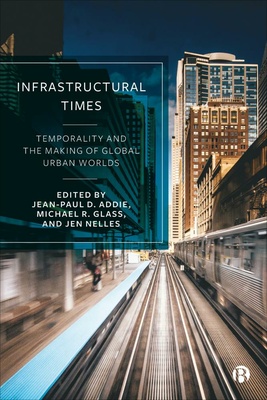Publications
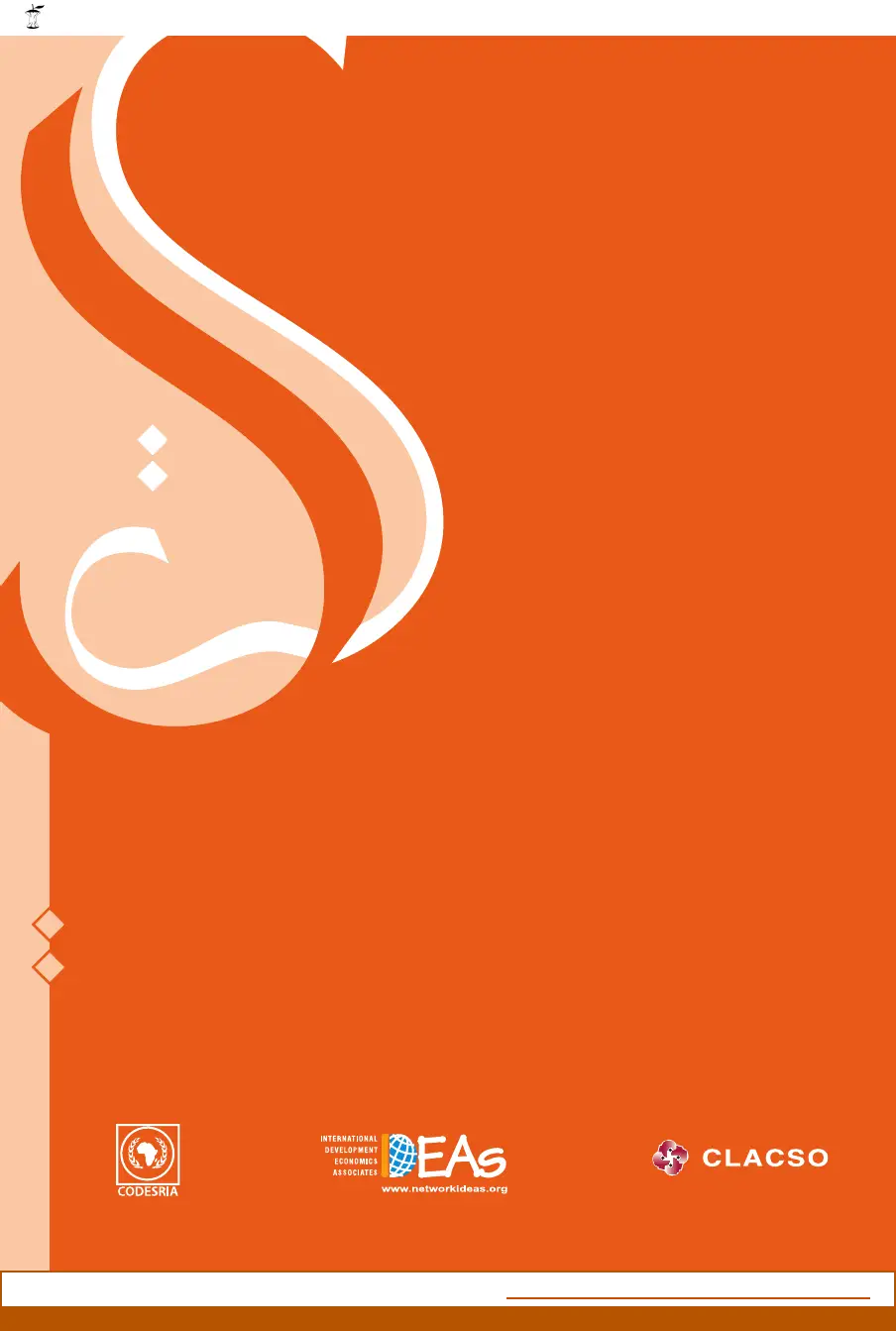
Warring Democracies
In Egypt, becoming a civic state that provides its citizens’ demands for “Bread, Freedom, Social Justice and Human Dignity” is a protracted process, a process that depends on many factors and actors. The nature of this process, whether democratic or otherwise, is a function of multiple forces and interests of local, national, regional, and international scales. This study is an attempt to analyze and explain this process.
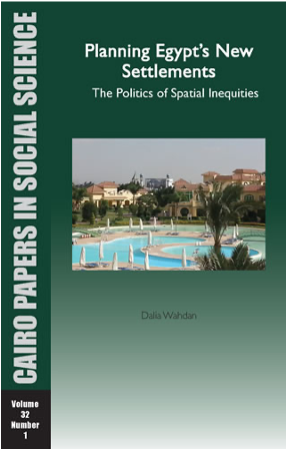
Planning Egypt's
New Settlements
This study critically analyzes the paradigms and practices of planning in Egypt since 1952. It interrogates the politics of national and physical planning while tracing the ideas that informed the establishment of new settlements in the country across the regimes of Nasser, Sadat, and Mubarak. Based on primary and secondary data, the study argues that under Nasser, plans often diverged from their blueprints and revealed the myth of ‘technical objectivity’, under Sadat a systematic exclusion of planners from decision-making apparatuses institutionalized ‘profit-opportunism’ in favor of private interests, and under under Mubarak ‘real estate developments associated with neoliberal shifts of the economy exacerbated uneven spatial morphologies.

Governing Livelihoods
in Liberalizing States
This book analyzes passenger transport in Sitta October, Egypt and Gurgaon, India – two suburban cities near Cairo and Delhi linked to global flows of capital and labor. It situates road privatization and passenger transport within the matrices of power brough about by macroeconomic reforms. It contextualizes this dynamic within four overlapping forces: a) existing institutions of local government, b) global capital and labor flows, c) emerging regional administrative and institutional changes, and most importantly, d) the ardent will of transport operators to have a stake in – and carve out – their own livelihoods against the odds.

Land Value Capture in Egypt
Wahdan, D. (2022). “Land Value Capture in Egypt,” in the Global Compendium of Land Value Capture. OECD & Lincoln Institute of Land Policy, PKU-Lincoln Institute Center
The Global Compendium of Land Value Capture, a joint project by the OECD and the Lincoln Institute of Land Policy, is an ambitious undertaking to understand the full landscape of land value capture (LVC) instruments, how they are configured and deployed across the globe in OECD countries and non-OECD economies, and what it would take to unleash their full potential as a sustainable revenue source. The report features an overview of the political contexts, legal frameworks, and LVC approaches used in 60 countries.

Quest for Dawla Madania
Wahdan, D. (2015). “Quest for Dawla Madania (Civic State): Visions of Egyptian Statehood,” In S. Arjomand (Ed.), The Arab Revolution of 2011: A Comparative Perspective (pp. 133-166). New York: SUNY Press.
How do we make sense of the Arab revolution of 2011? What were its successes, its failures, and significance in world history? The Arab Revolution of 2011 brings together a broad range of perspectives to explain the causes, processes, and consequences of the revolution of 2011 and its critical implications for the future. The contributors provide a sober analysis of what is still an ongoing process of upheaval in the Middle East. The essays address the role of national armies and foreign military intervention, the character and structure of old regimes as determinants of peaceful or violent political transformation, the constitutional placement of Islam in post-revolutionary regimes, and the possibilities of supplanting authoritarianism with democracy.

Singing the Revolt in Tahrir Square
Wahdan, D. (2014). Singing the Revolt in Tahrir Square: Euphoria, Utopia and Revolution. In P. Werbner, M. Webb, & K. Spellman-Poots (Eds.), the political aesthetics of global protest: the Arab Spring and beyond (pp. 53-66). Edinburgh: Edinburgh University Press Ltd.
From Egypt to India, and from Botswana to London, worker, youth, and middle-class rebellions have taken on the political and bureaucratic status quo and the privilege of small, wealthy, and often corrupt elites at a time when the majority can no longer earn a decent wage. A remarkable feature of the protests from the Arab Spring onwards has been the salience of images, songs, videos, humor, satire, and dramatic performances. This book explores the central role the aesthetic played in energizing mass mobilizations. Comparing North African and Middle Eastern uprisings with protest movements such as Occupy, the authors bring to bear an anthropological and sociological approach from a variety of perspectives.
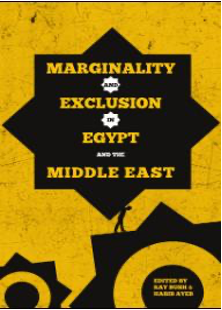
Space, Transport and Marginality in Cairo
Wahdan, D. (2012). “Space, Transport and Marginality in Cairo, In Ray Bush and Habib Ayeb (Eds.), Marginality and Exclusion in Egypt and the Middle East (pp.121-132). New York: Zed Books Ltd.
In the wake of the new uprising in Egypt, this insightful collection explores issues of power, politics and inequality in Egypt and the Middle East. It argues that the notion of marginality tends to mask the true power relations that perpetuate poverty and exclusion. The book provides a revealing analysis of key areas of Egyptian political economy, such as labor, urbanization and the creation of slums, disability, refugees, street children, and agrarian livelihoods, reaching the impactful conclusion that marginalization does not mean total exclusion. What is marginalized can be called upon to play a dynamic part in the future — as is the case with the revolution that toppled President Mubarak.
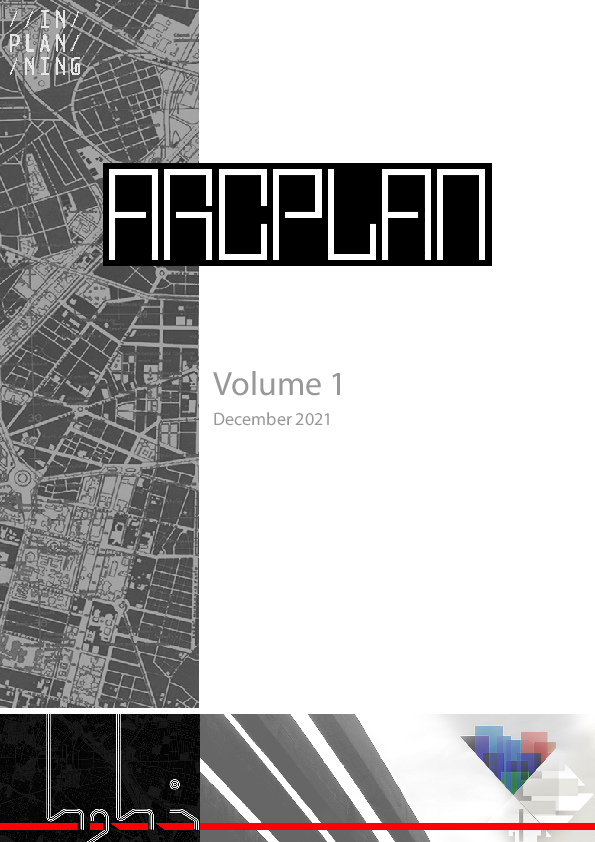
Wahdan, D. “Unsafe areas, risk and defiant urbanism in Cairo,” ARCPLAN, Inplanning, December 2021.
Book Reviews
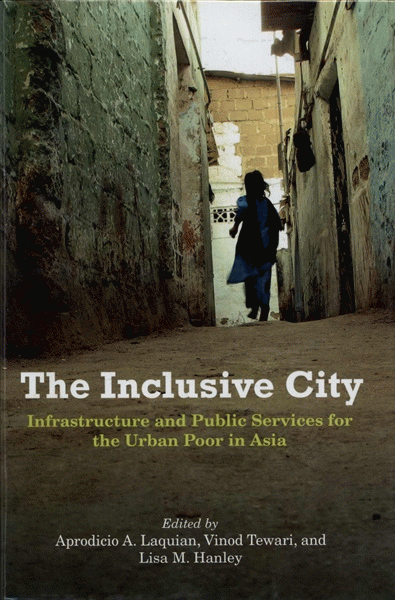
2010
The inclusive city: infrastructure and public services for the urban poor in Asia, by Aprodicio A. Laquian, Vinod Tewari and Lisa M. Hanley (editors) for Contemporary South Asia.
http://www.informaworld.com/smpp/title~content=t713411866
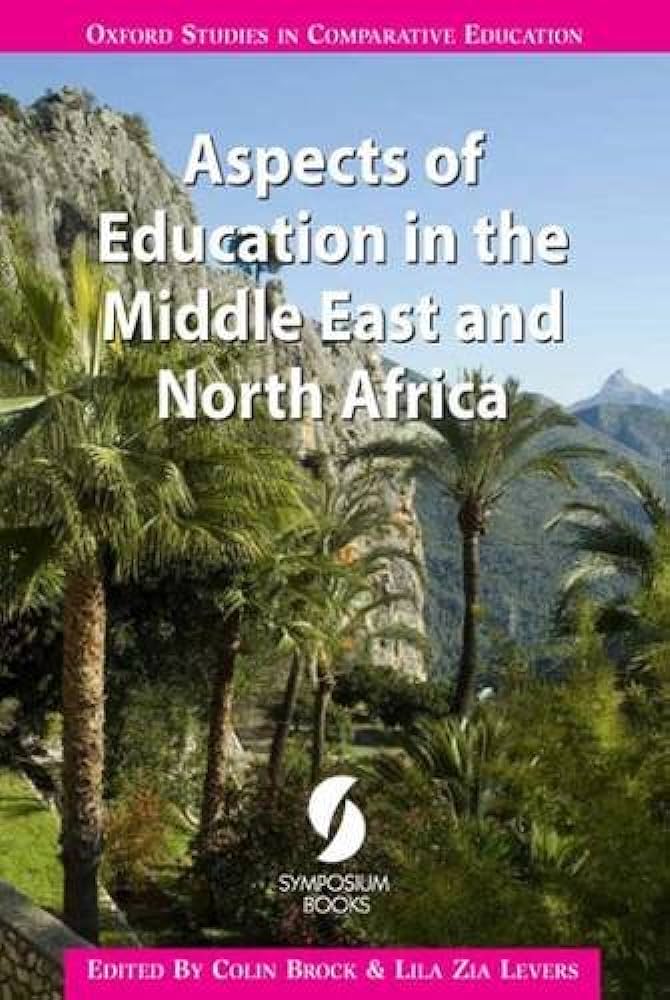
2009
Aspects of Education in the Middle East and North Africa, by Colin Brock and Lila Zia Levers (editors) for International Sociology Review of Books 24: 209-212.
http://iss.sagepub.com/cgi/reprint/24/2/209
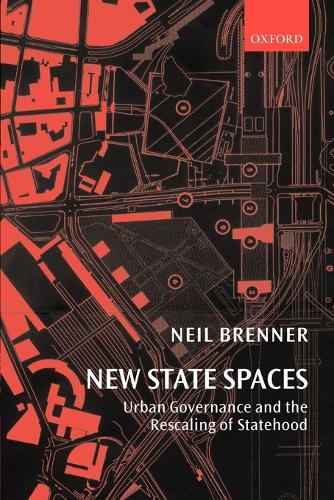
2007
New State Spaces, by Neil Brenner. International Sociology Review of Books 22. 5: 645-648.
http://iss.sagepub.com/cgi/reprint/22/5/645
